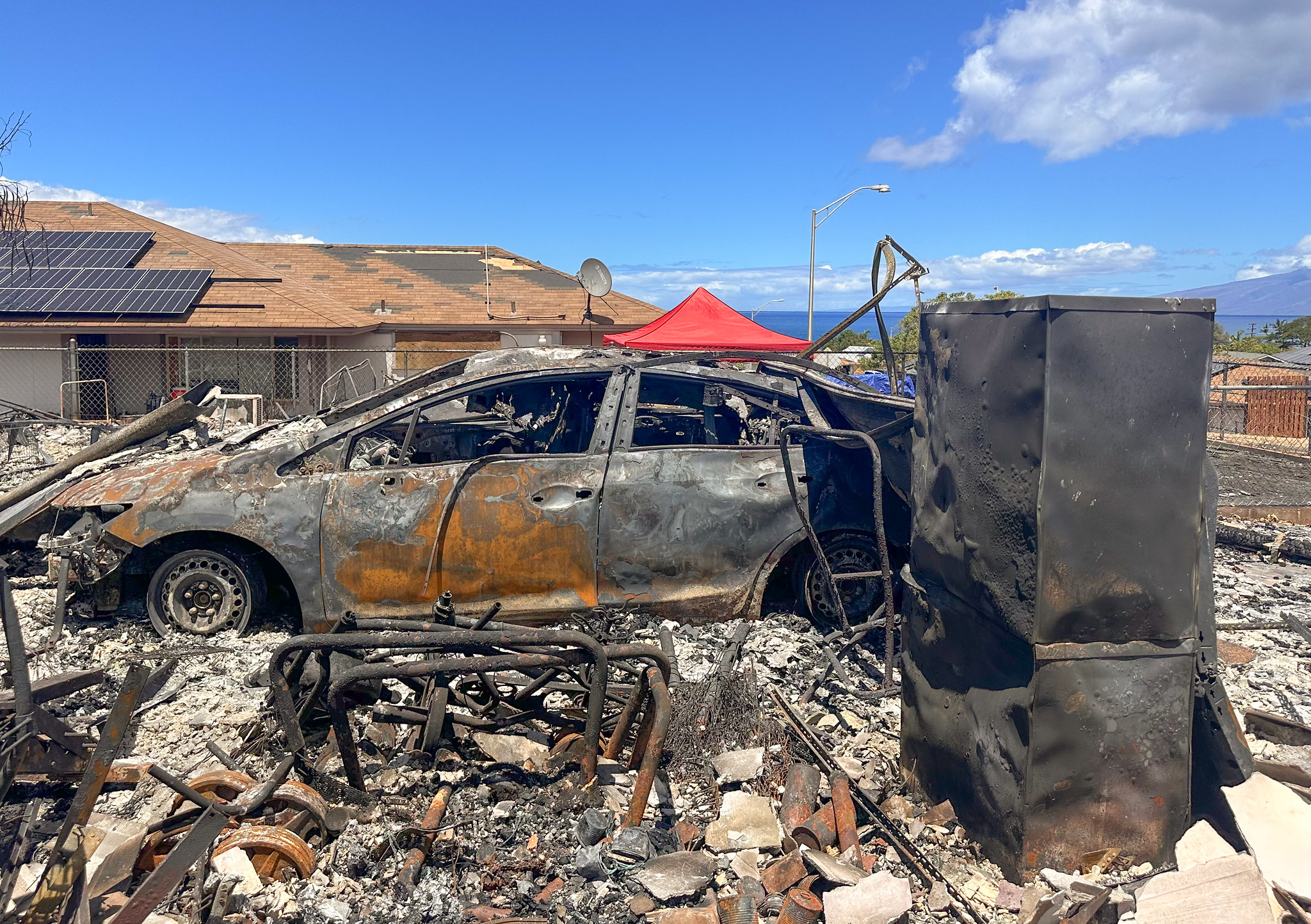Skift Take
Natural disasters have decimated several destinations in recent months, so how have events like earthquakes and wildfires impacted tourism industries? Ask Skift provides answers.
Several destinations heavily dependent on tourism have been devastated recently by natural disasters, including Maui and Morocco.
How do natural disasters impact tourism? We posed the question to Ask Skift, our artificial intelligence chatbot. It provided answers based on information from our past news coverage and research, and we also conducted further reporting.
Ask Skift said:
Natural disasters significantly impact tourism. Tour operators and conference events often cancel or suspend operations in the aftermath of a disaster, as was the case following an earthquake in Morocco in September 2023. Such cancellations can lead to significant decreases in tourism for the affected areas. Additionally, extreme weather patterns are causing tourism businesses to adapt to a new landscape, understanding and responding to the day-to-day impacts of these events.
According to a report by the European Travel Commission, around 7.6% of travelers now consider extreme weather events a major concern for trips, particularly during the peak season from June to November. This has led to changes in travel decisions, with some opting for cooler destinations to avoid heatwaves.
Furthermore, there’s a sense of a new normal emerging in the age of climate change, where such events are becoming more common and impacting tourism promotion. For example, Australia had to pull a tourism campaign due to the contrasting reality of wildfires in the region.
Overall, the impact of natural disasters on tourism is multifaceted, affecting travel plans, operations of travel businesses, and even tourism promotion strategies.
What else you need to know:
Maui, hit by massive wildfires on the western part of the island last month, might see a drop in visitors for the foreseeable future, according to analysts at T.D. Cowen. While they wrote that Hawaii overall would remain a dream vacation destination, they predicted Maui’s rebound would “take years,” citing the two-year recovery for air travel demand to Puerto Rico after Hurricane Irma in 2017.
John Reyes, the senior vice president of the Hawaii Visitors & Convention Bureau, said the island is losing $11 million a day because of the downturn in visitors, with many travelers opting not to visit the island out of sensitivity to local residents. So the Hawaii Tourism Authority is currently running a tourism campaign Mālama Maui, which means “to protect, nurture and care for,” that runs through October 31.
The state will reopen West Maui, which bore the brunt of the wildfires, to tourists staring on October 8. However, the heavily damaged Lahaina will remain closed to the public.
Meanwhile, Rachid Aourraz, a Morocco-based nonresident senior scholar for Washington, D.C.-based think tank Middle East Institute, told the Washington Post that the tourism industry in Marrakech, near the epicenter of the earthquake, would suffer for months. Aourraz added that relying on tourism solely to revive the local economy would be illogical.
However, Moroccan hotel managers have said business is gradually returning. And they expect a big boost in business from next month’s International Monetary Fund and World Bank Group annual meeting in Marrakech. Jean-François Brun, general manager of the Fairmont Royal Palm Marrakech, said he expects his hotel to be fully booked for the event.
Although tourism workers living near the epicenter of the recent Moroccan earthquake have expressed concerns about the future of their livelihoods, other destinations such as New Orleans and the Hawaiian island of Kauai have made major recoveries from natural disasters. New Orleans attracted 10.5 million visitors in 2016, breaking a record established prior to Hurricane Katrina.
Kauai, which saw roughly 1.2 million tourists in both 1990 and 1991, made a similar comeback after being battered by Hurricane Iniki in 1992. The island rebounded to attract a million visitors in 1998, eventually surpassing its pre-disaster arrival number in 2006, according to the Hawaii Tourism Authority.
And natural disasters can spark changes in tourism marketing strategies. Puerto Rico invested heavily in tourism marketing after Hurricane Maria struck the island in 2017. Its efforts, which have included bringing the musical Hamilton to island, helped result in Puerto Rico attracting 5.2 million visitors in 2019. Puerto Rico went on to surpass its pre-pandemic arrival numbers in 2022.
More From Ask Skift
Ask Skift Is the AI Chatbot for the Travel Industry
Go deeper into the business of travel with Skift’s new AI chatbot.
The Daily Newsletter
Our daily coverage of the global travel industry. Written by editors and analysts from across Skift’s brands.
Have a confidential tip for Skift? Get in touch
Tags: ask skift, earthquake, hawaii, hurricanes, maui, morocco, natural disasters, puerto rico, tourism
Photo credit: Tourism to Maui has decreased significantly after the islands was hit by wildfires. State Farm / Flickr
